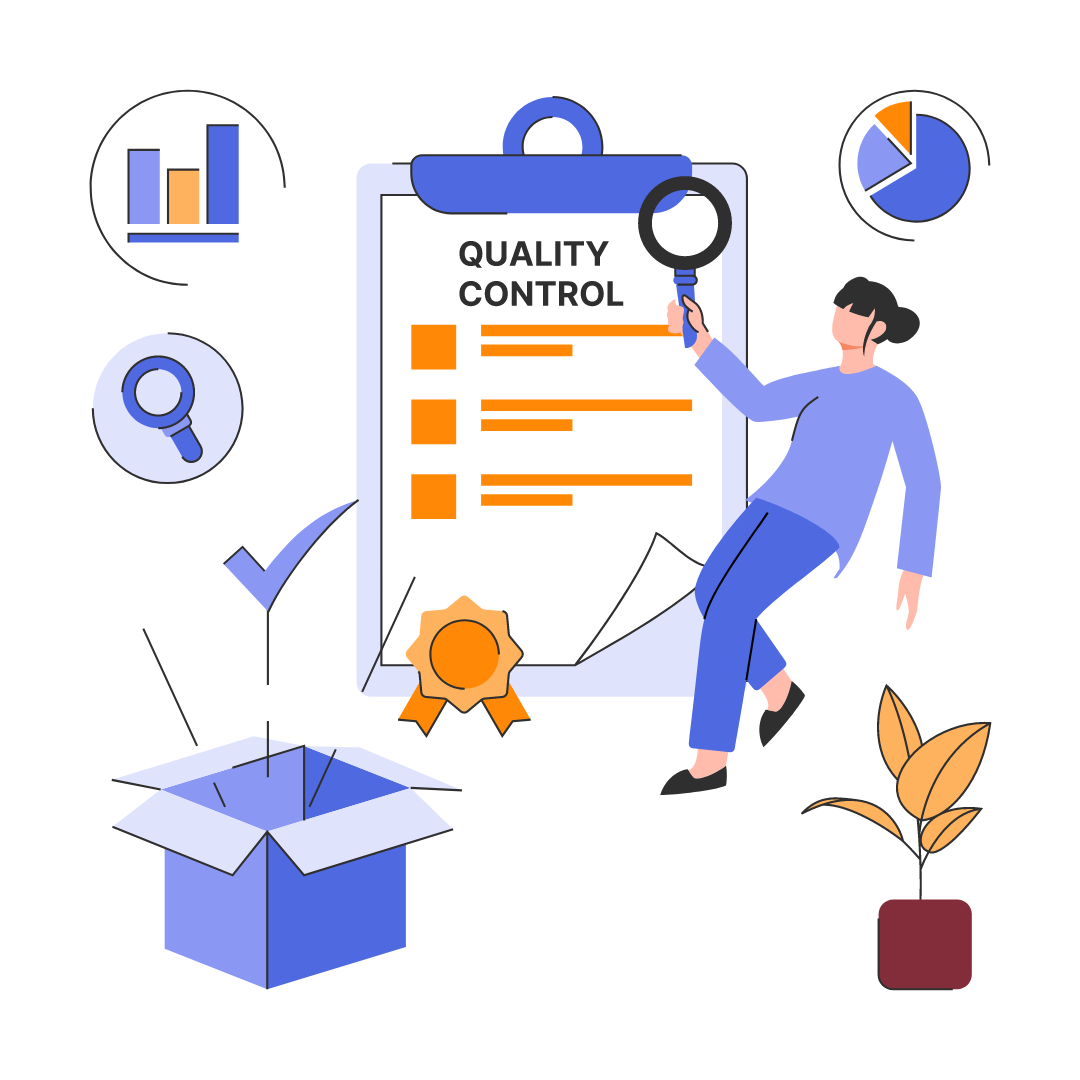Business improvement is a highly in-demand, highly specialized and highly effective approach that every individual and organization should pursue. It is one of those approaches which can be deployed in a number of ways, for a number of purposes and utilizing a number of different methods, approaches and techniques.
Given this fact, there are a range of improvements one can see deployed within an organization for the benefit of the business – moving it forward to a state better than the previous. In this article, we will explore what are some of the many business improvements you can deploy within your organization to improve performance, effectiveness and efficiency.
What is business improvement?
To begin, let us look briefly at what business improvement actually is. At a definition level, business improvement is the act of taking one thing (a process, an operation, a team, a function, a product or service) and moving it from one state to another. This shift is always aimed at being a shift from something negative, lacking or in need of support to something to a state which is better. It performs better, it delivers outputs more in line with expectations. It is completed faster, more efficiently and more effectively.
These changes and improvements can be secured through projects, initiatives or full-scale programmes, aimed and targeted at making the shift. They should seek to improve as much of the business as possible, with one small change having a ripple effect of positivity across the business. To do this, there are a number of improvements you can deploy within your business.

Improvement #1: Process change
This activity seeks to shift a process from one which is wasteful, ineffective and problem-causing to one which is lean, slick, efficient and effective. This can be done by first mapping the process in question. This mapping should map out all of the processes, end to end, including all activities, handoffs, decision points etc. Then, you conduct an analysis of that process. Here you will identify where there are pain points, bottlenecks, rework loops etc. plotting them on your map and discussing them with the group.
Next, you will identify a plan for change. This will include mapping out the process as you want to see it, with all waste and problem areas removed. It will include conducting a gap analysis to see how you can move the process from the current state to your desired future state. Then, you can make a plan for delivery. This will be focused on identifying and delivering the ways you can remove the unnecessary, expand the opportunities and deliver the change.
Read More: The ultimate guide to process improvement

Improvement #2: People change
As people are the lifeblood of our businesses and our customers alike, we need to invest in our people. This improvement focuses on two key points: how to improve your people to make them happier and more productive, and how to improve them in line with business needs. This approach should include better, more structured more tailored training plans and professional development. It should also include giving colleagues better opportunities to lead or support on projects, to give ideas which they can see through and empower and entrust them a lot more.
These changes must be in line with what the business wants and needs, therefore tailoring the training to fill the skills gaps in the business is crucial. If you need better Client Service Executives, better project management skills or people with process improvement skills, ensure their colleague development happens in line with this.

Improvement #3: Data change
Businesses have a wealth of data at their fingertips, generated from the various systems, programmes and technologies running within them. When people make decisions, when processes are run, when customers engage – all of this generates data and insight. To improve this, you can do two things. Firstly, generate more and better data. Review your current offering and make sure it is working to business needs. Define the requirements of your customers, your leaders and your teams. What data do they need? Why? In what format do they need it? Etc. Make sure when building out requirements for new products and systems in the future, you gather requirements on reporting and data needs better.
Secondly, utilize the data you already have better. Find ways to embed the use of data into processes more effectively. Find ways to ensure leaders use data to make more informed decisions, that customers can access the data produced easier and that it is making a real difference. You can do this by embedding into your processes, training materials and SOPs the use of data at more stages of your operations.

Improvement #4: Product/service change
A great improvement which can impact the business as well as customers and clients alike is to improve the products or services being sold. This can involve full-scale efforts to ensure that customer requirements are clear, customer wants and needs above and beyond basic expectations are being met and product quality improves iteration upon iteration.
To do this, you can increase the amount of quality checking within your processes. You can conduct more defect reduction and resolution work to ensure problems don’t hit your customers at any point. You can conduct customer satisfaction surveys to truly understand what is making them happy, what is frustrating them and what they would like to see additionally provided. All of this insight is a great insight that, if deployed, can improve the product or service being offered extensively.
Learn More About: Voice of The Customer

Improvement #5: Technology change
This improvement is focused very much on how operations are delivered. This includes the systems, programmes and technologies used to both deploy operations and support the processes which run through them. For example, if you are running a payroll process using a specific payroll software. Does the performance of the payroll department get impeded because of the software being used? Do you have a service management software you are currently using for the purposes of Agent workloads, workflow and performance management which is not delivering what an evolving or changing market requires?
Equally, do you have any systems in place to begin with? Could moving to a new system help you to deliver things faster, better and more in line with expectations? You could also review where you have 3 systems currently doing different things and ask yourself, could one system actually be deployed that “does it all”? This would help cut down on the back and forth between systems and help reduce risk. Could you look to automate more of the work currently done manually using a current or new system? The best way to start this improvement is to ask all of these questions first, get a lay of the land and then make some informed decisions.
Specific changes to Improve Business Performance could include:
- Reduce refunds and product send-backs
- Set better targets and KPIs to push for better performance
- Move activities that are currently repetitive in nature and are being done by a human to an automated solution
- Change the layout of the physical office / digital workspace
- Conduct Gemba Walks to identify where there is physical waste and remove it
- Reduce in-person onboarding and corporate training to virtual (to save time)
- Build a bot checker to check data as opposed to a human (saving time and potentially money)
- Remove unnecessary handoffs from processes, reducing the risk of duplication or error
- Remove the need for multiple sign-offs and checks
- Reorganize the team or organizational structure
Conclusion
When it comes to improving your business, there are so many ways in which you can do this, the most important starting point is to understand where you need to focus. Data will indicate where there are pain points, customers will point to where there are challenges and colleagues will often complain about the processes or activities that just are not working. Follow the data, develop a plan, and deliver the change.











